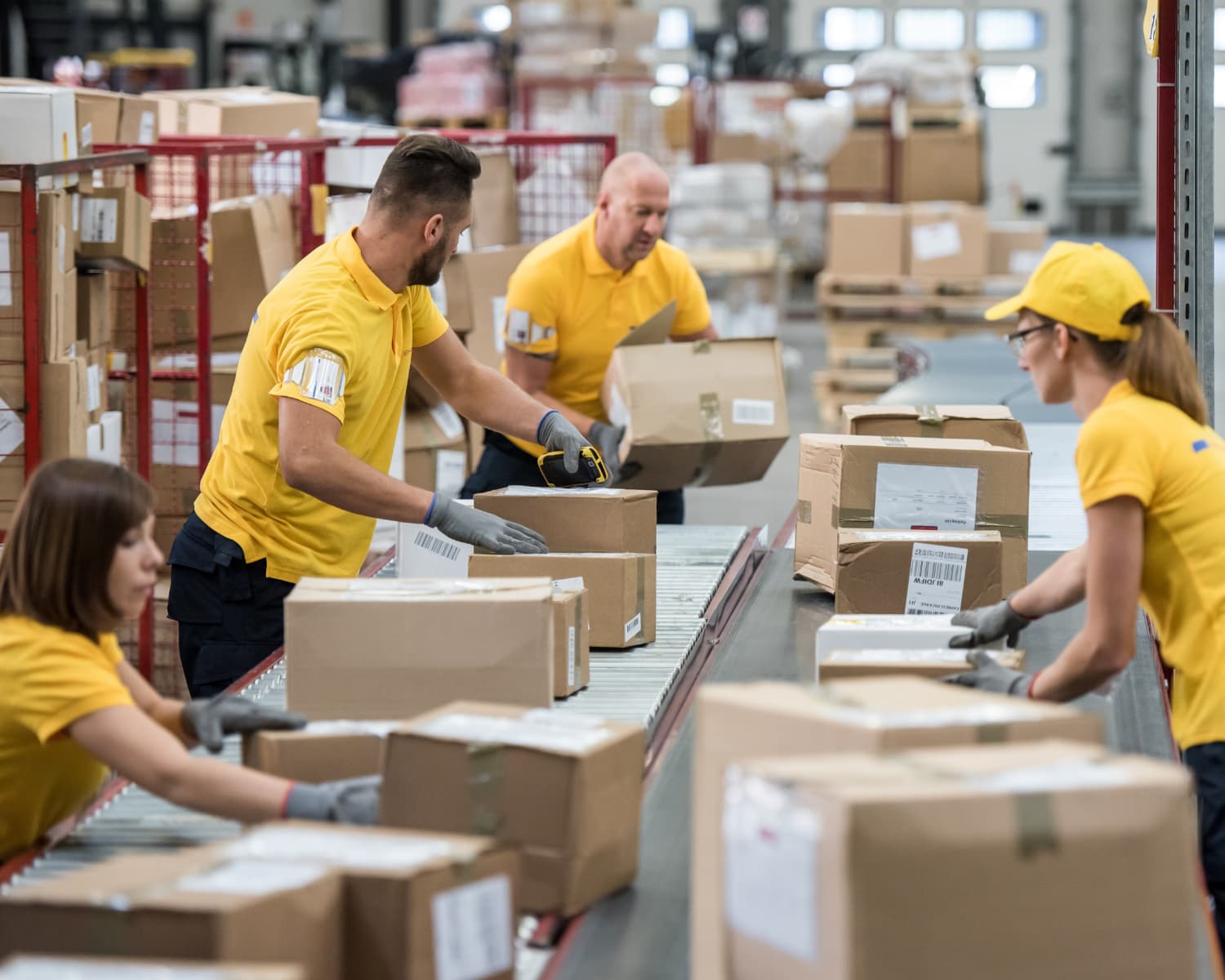Returns don’t have to be the end of the road—they can be a chance to move your business forward.
Did you know that during peak seasons, up to 30% of purchases are returned? For many businesses, that means a mountain of items coming back through the supply chain. But what if those returns weren’t just a logistical headache, but a strategic opportunity?
Smart reverse logistics is about transforming these challenges into valuable opportunities. It involves processes that go beyond the simple act of taking back goods. Whether it’s recovering costs, enhancing customer loyalty, or gaining insights to refine your offerings, there’s untapped potential in every return.
When done right, reverse logistics becomes a powerful tool for improving operations and boosting your bottom line.
The Growing Challenge of Returns
Returns, especially after the holiday season, can feel overwhelming. In industries like eCommerce and apparel, return rates can soar as high as 30% during peak shopping seasons. That’s not just a logistical challenge—it’s a strain on labor, transportation, and storage that can eat into profits.
Beyond the immediate costs, returns can introduce hidden problems. Warehouses may struggle to find space for incoming returns, leading to inefficiencies. Items that sit too long risk obsolescence or damage, further eroding value. For businesses without a clear plan, these challenges can snowball into significant losses.
But returns don’t have to be a seasonal headache. By approaching them strategically, companies can transform this challenge into a chance to recover value and gain a competitive edge.
What Is Smart Reverse Logistics?
Smart reverse logistics is more than just handling returns. It’s a strategic approach to managing the entire lifecycle of a product, from return to recovery. By addressing every stage of the process, businesses can recover value, minimize waste, and improve overall efficiency.
- Efficient return processing: This involves streamlining how returned items are received, inspected, and sorted. For instance, using barcodes and automated systems can speed up this process and reduce errors. A faster return process also means quicker restocking for resellable items.
- Refurbishment and resale: Returned products that are in good condition can often be refurbished and resold. Many companies in the electronics and apparel industries rely on this strategy to recover costs and minimize waste.
- Recycling and sustainability: When items can’t be resold, repurposing or recycling materials reduces environmental impact. For example, some retailers have programs to recycle textiles or repurpose defective electronics into new components.
- Data analysis: Returns provide valuable data about why products are sent back. Is it a sizing issue? A quality concern? Analyzing these trends helps businesses refine their products and improve customer satisfaction.
Smart reverse logistics isn’t just about managing returns—it’s about leveraging them to enhance operations and build a more resilient supply chain.
Turning Problems Into Opportunities
Reverse logistics has the potential to create value in unexpected ways. By rethinking how returns are managed, businesses can unlock benefits that go far beyond damage control:
- Cost recovery: Reselling refurbished products can offset losses and even create a new revenue stream. For example, a retailer might inspect and repackage returned electronics for resale as “certified refurbished” items, appealing to cost-conscious shoppers.
- Customer loyalty: A smooth and hassle-free return process leaves customers with a positive impression, even when their initial purchase didn’t work out. Consider how brands with easy return policies, like Zappos or Amazon, consistently rank high in customer satisfaction.
- Product insights: Returns provide valuable information about product performance and customer expectations. For instance, if a particular item is frequently returned due to sizing issues, the business can adjust its product descriptions or measurements to reduce future returns.
- Sustainability benefits: Managing returns responsibly can reduce environmental impact and align with consumer values. Retailers like Patagonia have gained customer trust by promoting repair and reuse programs for their products, reducing waste while enhancing brand loyalty.
When approached strategically, these opportunities don’t just recover costs—they can drive growth, improve customer retention, and set businesses apart in competitive markets.
How Businesses Are Doing Reverse Logistics Right
Leading companies are leveraging reverse logistics to their advantage, turning returns into opportunities for growth. Here’s how businesses in different industries are getting it right:
- eCommerce: Online retailers like Amazon use automated return systems that quickly process returns, inspect items, and restock inventory. This efficiency reduces turnaround times and ensures products get back on the shelf faster, minimizing losses.
- Electronics: Companies like Apple refurbish and resell returned devices as certified pre-owned products. This approach not only recovers costs but also appeals to budget-conscious customers while reducing electronic waste.
- Apparel: Brands like Patagonia emphasize sustainability by promoting repair and reuse programs. Customers can return worn items, which are repaired and resold, creating a sustainable revenue stream while strengthening brand loyalty.
- Consumer Goods: Retailers like Walmart partner with specialized 3PL providers to manage high volumes of returns during peak seasons. These partnerships help streamline operations and allow businesses to focus on forward logistics.
By learning from these leaders, businesses can adopt tailored strategies to make the most of their returns. Whether through automation, refurbishment, or sustainability programs, the possibilities are vast when reverse logistics is done right.
Key Takeaways for Implementation
Here are practical steps to improve your reverse logistics and unlock its full potential:
- Invest in technology: Implementing tools like return management systems can transform your operations. For instance, barcode scanners and automated workflows reduce errors and speed up return processing, enabling quicker restocking and resale of returned goods. Real-time tracking tools also provide visibility, helping you monitor the status of every return.
- Work with experienced 3PL providers: Partnering with a 3PL that specializes in reverse logistics allows businesses to focus on core activities while experts handle the complexities of returns. For example, a 3PL can manage high volumes of holiday returns, ensuring they are processed, restocked, or recycled efficiently.
- Train staff: Well-trained employees are key to effective returns management. Ensure your team understands the impact of reverse logistics on customer satisfaction and profitability. Training sessions on proper sorting, inspection, and data entry can significantly reduce errors and improve turnaround times.
Reverse logistics is no longer an optional add-on—it’s a critical component of a competitive supply chain. By taking these steps, businesses can recover more value, enhance customer loyalty, and stay ahead of industry demands.
Conclusion
Returns don’t have to be a setback. With a smart reverse logistics strategy, they can drive growth, reduce waste, and strengthen customer relationships. From cost recovery to sustainability, the potential to turn challenges into opportunities is immense.
At Hanzo Logistics, we bring expertise and innovation to every step of the reverse logistics process. Whether it’s streamlining return management, refurbishing products for resale, or implementing sustainable practices, we help businesses unlock the full value of their returns.



